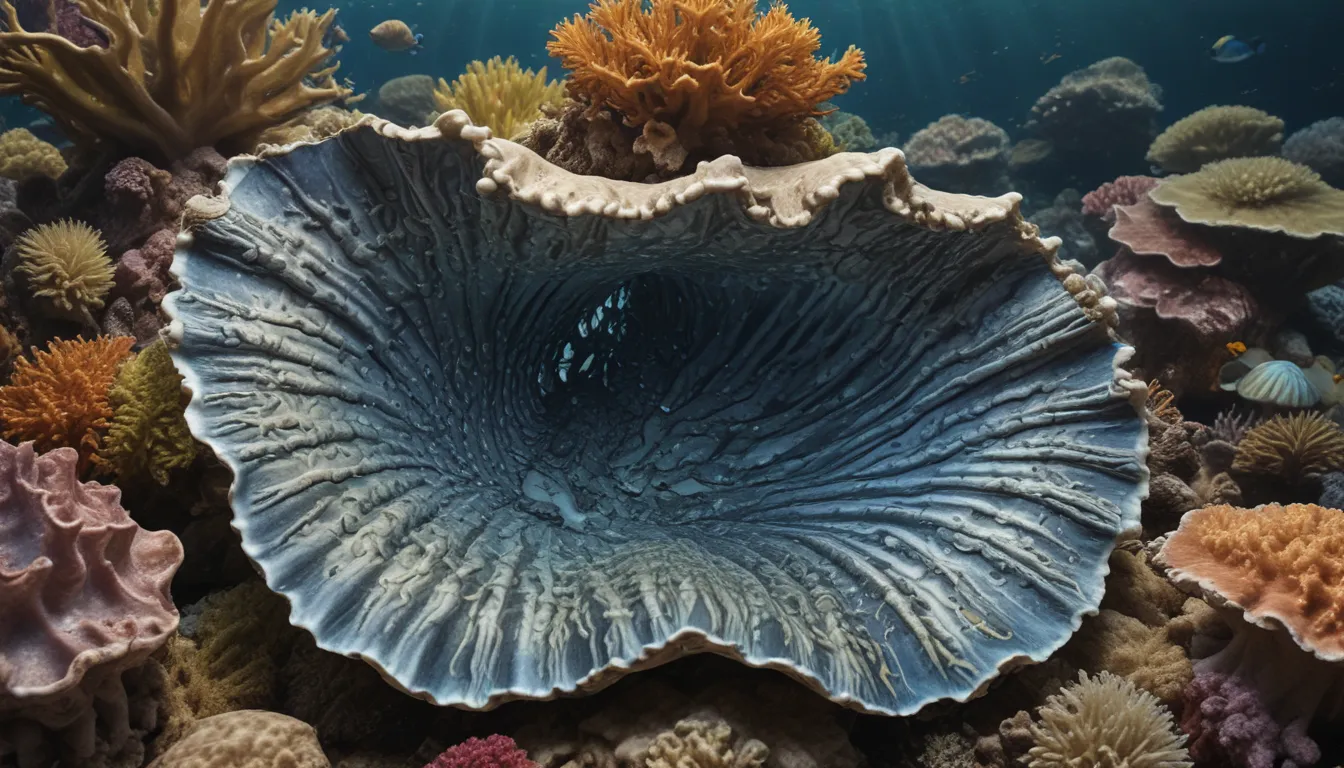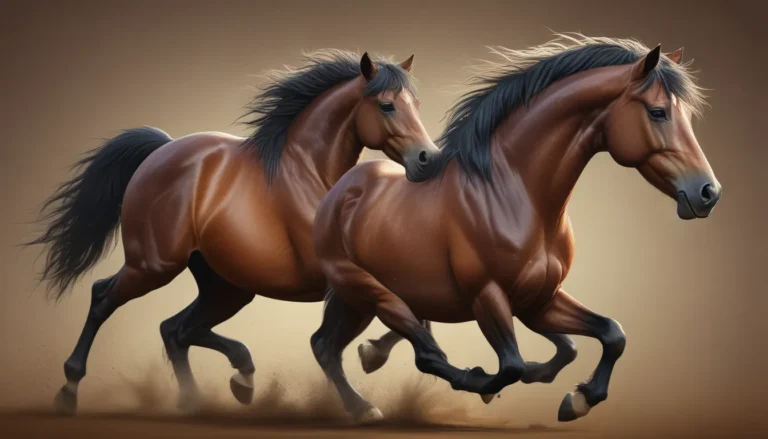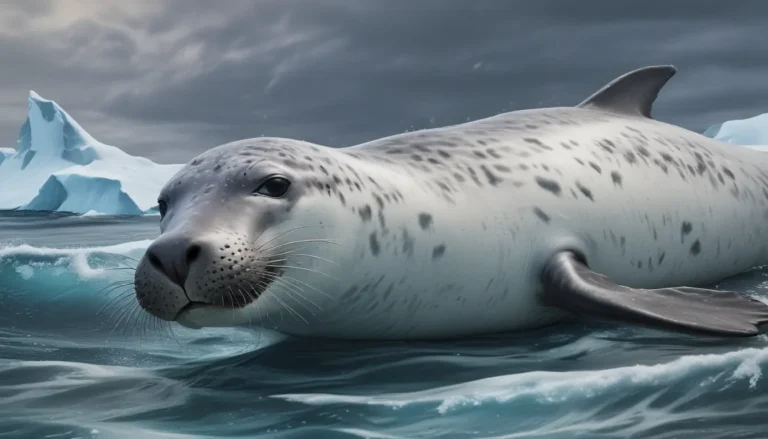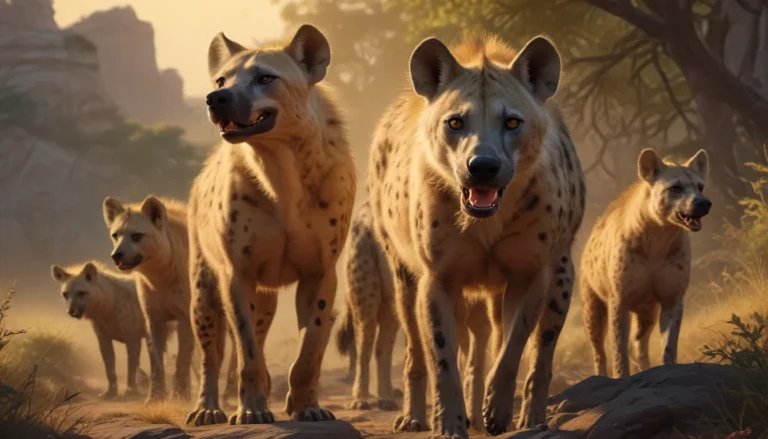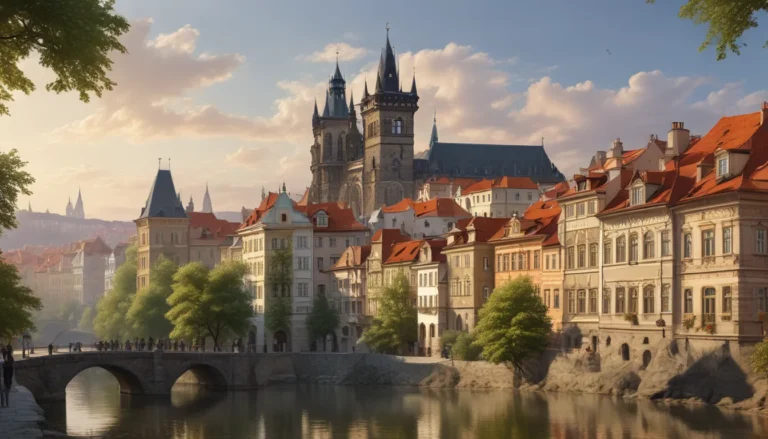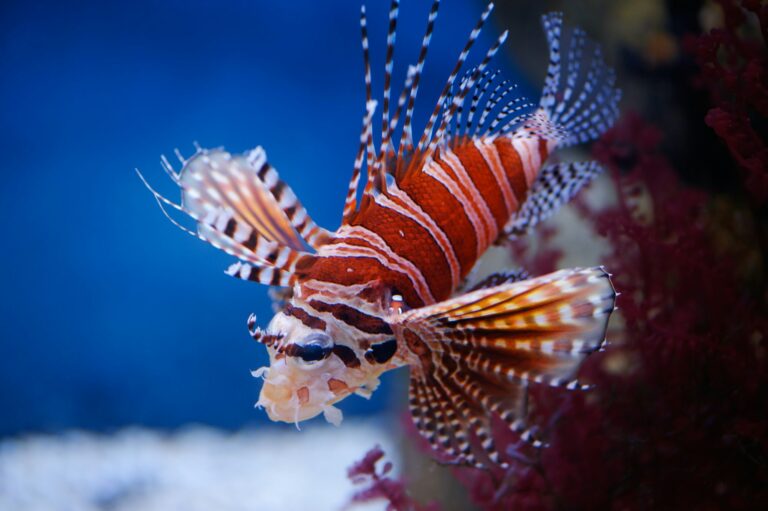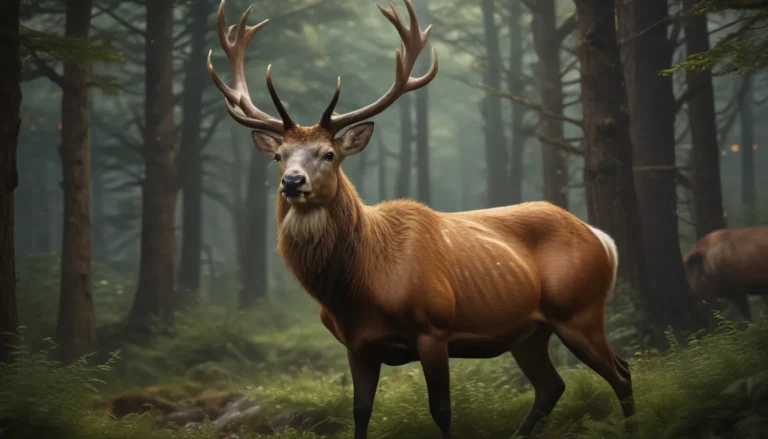The pictures we use in our articles might not show exactly what the words say. We choose these pictures to make you interested in reading more. The pictures work together with the words but don’t take their place. The words still tell you the important facts.
The ocean is a vast and mysterious realm, home to a multitude of captivating creatures. Among these fascinating marine inhabitants, the giant clam stands out as a true marvel of the underwater world. With their striking colors, impressive size, and unique behaviors, giant clams have captured the imagination of snorkelers, divers, and marine enthusiasts around the globe.
In this article, we will embark on a journey to explore the wonders of giant clams and uncover 20 intriguing facts about these magnificent creatures. From their role as reef builders to their symbiotic relationships and cultural significance, each fact will provide a glimpse into the remarkable world of giant clams. So, let's dive in and delve into the fascinating realm of these gentle giants of the ocean!
The Magnificent Giant Clam: A Living Wonder
- Giant clams, scientifically known as Tridacna gigas, are the largest bivalve mollusks in the oceans, reaching lengths of up to four feet and weighing over 500 pounds.
- These majestic creatures play a vital role in coral reef ecosystems, acting as living reef builders by hosting symbiotic algae called zooxanthellae in their tissues.
- Giant clams exhibit a dazzling array of colors in their mantle, from vibrant blues and greens to striking purples and oranges, thanks to the pigments produced by their symbiotic algae.
- They are highly efficient filter feeders, pumping water through their gills to extract microscopic organisms and suspended particles, thereby improving water quality in their surroundings.
- Despite their impressive size, giant clams start off as tiny larvae known as veligers, which need to find a suitable substrate to attach to in order to grow into adult clams.
The Enigmatic World of Giant Clams Unveiled
- These ancient creatures are simultaneous hermaphrodites, possessing both male and female reproductive organs and releasing eggs and sperm into the water for external fertilization.
- Giant clam shells feature intricate patterns and designs, making them prized by collectors and artisans, although international trade is strictly regulated to ensure their conservation.
- With a lifespan of over a century, giant clams exhibit rapid growth rates, especially during their early stages, growing by several centimeters per year.
- They have incredibly powerful adductor muscles that allow them to rapidly close their shells when threatened, providing protection from predators and a secure hiding place.
- Giant clams share a mutualistic relationship with the zooxanthellae algae they host, providing shelter and nutrients in exchange for food through photosynthesis, aiding in their growth and survival.
The Importance of Conservation and Protection
- Giant clams are considered vulnerable due to threats such as overfishing, habitat destruction, and climate change, highlighting the need for conservation efforts to protect these remarkable creatures.
- They serve as indicators of reef health, with their presence and abundance reflecting the overall biodiversity and ecological balance of reef ecosystems.
- In many Pacific island cultures, giant clams hold deep cultural significance and are used in traditional ceremonies, emphasizing the importance of preserving their populations.
- The nutrient-rich tissues of giant clams provide a valuable food source for various marine organisms, contributing to the biodiversity and food web of coral reef ecosystems.
- Efforts are underway to raise awareness about the conservation of giant clams and their fragile ecosystems, ensuring their survival for future generations to appreciate and admire.
Unraveling the Mysteries of the Giant Clam
- Giant clams produce their own sunscreens to protect their delicate tissues from harmful UV radiation, contributing to the brilliant colors displayed in their mantles.
- These fascinating creatures often host small fish inside their mantle cavity, providing protection and potential food sources, showcasing a unique example of symbiosis in the marine world.
- With a rich evolutionary history dating back millions of years, giant clams are considered living fossils, offering valuable insights into the evolution of bivalve mollusks and marine ecosystems.
In conclusion, giant clams are truly remarkable creatures that play a crucial role in marine ecosystems. From their vibrant colors and unique characteristics to their vital functions as reef builders and nutrient recyclers, giant clams exemplify the wonders of the natural world. By understanding and appreciating these gentle giants, we can contribute to their conservation and ensure that they continue to thrive in our oceans. Join us in celebrating the beauty and importance of giant clams as we strive to protect and preserve these awe-inspiring creatures for generations to come.
FAQs: Exploring the World of Giant Clams
Q: How big can giant clams grow?
A: Giant clams can reach lengths of up to four feet and weigh over 500 pounds, making them the largest bivalve mollusks in the oceans.
Q: What do giant clams eat?
A: Giant clams are filter feeders that extract microscopic organisms and organic matter from the water around them to obtain their food.
Q: Are giant clams endangered?
A: Yes, several species of giant clams are classified as endangered due to overharvesting, habitat destruction, and climate change, emphasizing the need for conservation efforts.
Q: How long do giant clams live?
A: Giant clams have the potential to live for over 100 years with proper conditions and care, showcasing their impressive lifespan.
Q: Do giant clams have any predators?
A: Giant clams face threats from natural predators such as certain species of starfish, sea turtles, and some types of fish that can crack their shells.
Q: Can giant clams produce pearls?
A: Giant clams cannot produce pearls like oysters do; any pearls found in giant clams are usually the result of irritants entering their bodies and triggering nacre production.
As we unravel the mysteries and marvels of the natural world, let us continue to explore the beauty and diversity of our planet's ecosystems. By learning about and protecting creatures like the giant clam, we can ensure a sustainable future for our oceans and the countless species that call them home. Join us in our journey of discovery and appreciation for the wonders of nature as we strive to preserve and protect our precious marine environments.
